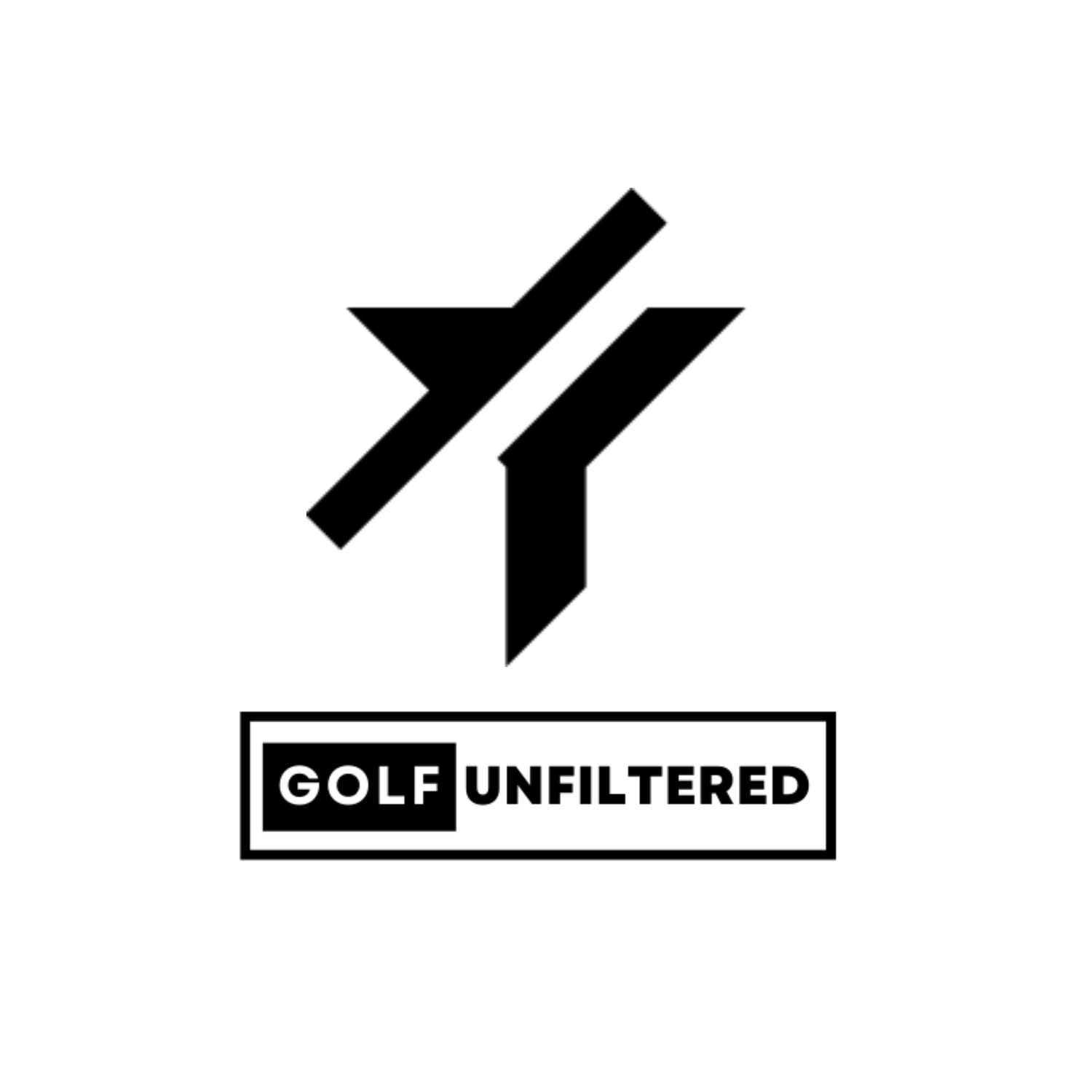Walking Alongside the Noise
“The secret is in the dirt.” - Ben Hogan
“Healing from trauma isn’t an overnight process. It’s a lifelong journey that requires patience, support, and self-compassion.”
- Jasmin Lee Cori
The static is constant.
I don’t notice it most mornings anymore. A familiar drone just beneath the surface that is closer to white noise than a jolting alarm. I joke to myself that after 42 years, I’ve figured out a way to just accept my anxiety and PTSD “hum” as something that’s as much a part of me as two arms or two legs.
But it’s there. I don’t have to look for it. I just know.
Longtime readers will recall times I’ve written about having a severe anxiety disorder and how golf helps. Therapy, medication (as needed), and other treatments help, too. But golf turned into a different type of coping mechanism some 30 years ago. It remained a constant source of mindfulness no matter how often life’s stressors and triggers changed over the years. “It’s always something” is a refrain most say in jest while it could be a tattoo across my forehead.
The driving range became my quiet place around the age of 13 and while the physical locations have changed over the years the meditation hasn’t. The whole process - paying for a bucket or token, walking to an open bay, dumping the balls onto the ground, grabbing a wedge - is as cathartic as it is routine. Back then this was even more simple as I could grab a bushel of range balls I had already picked as part of my job at a golf course growing up. Regardless, the seeds of routine were planted as a means of surviving budded.
Some things from childhood stick with you. Sometimes you wish they didn’t.
Lately I choose to perfect swing plane while practicing. A subtle movement above the plane in the takeaway as a means to get my hands higher, followed by driving my trail elbow toward my midline to bring the club through beneath that same plane. An “infinity symbol” of sorts is what I visualize. It seems to be working so far, resulting in solid strikes and enjoyable rounds.
Focusing on this movement can be frustrating at times, but far more enjoyable than elements of The Static that creep back. Like the time I was molested by peers as a young child because I thought that’s what friendship meant. Or the time I attempted suicide just to see how it felt and as my sister looked on. Or the divorce of my parents weeks before Christmas during my most formative years. Or the handful of much smaller and common life stressors that present at work, at social events, or scrolling through news feeds.
I hold the opinion that anxiety, pain, and suffering is a habit. Stress can be, too. It can also be an addiction.
I’ve learned that I actively seek the one thing I wish to avoid at all costs. I don’t feel normal without something “wrong.” A Catholic upbringing (long since abandoned) taught me what might happen if I didn’t conform. There was always a risk of slipping up or straying from the path, which I’ve since realized is programming fear into a mind at an age that couldn’t tell the difference. Child abuse comes in many forms, it turns out.
Sometimes you get to sing hymns, too.
My practice sessions at the range last around an hour, mostly out of consideration for duties back at home. I try to make the most of that time, whatever that means for me that particular day. No matter how long I spend hitting drivers or rolling putts, The Static volume rises and lessens like a wave throughout.
The number of rounds I play in a season has also lessened over time and I rarely keep score. Walking nine holes by myself has become a favorite source of exercise, mainly because I’m not trying to drive away from anything anymore. Instead I walk alongside or slightly ahead of all the experiences and memories that got me to where I am now. Sometimes it feels like a fellow competitor, but most times it’s just there.
I wouldn’t know what to do without The Static in my life. It’s a part of our household. I’ve introduced it to friends. My wife is the most understanding person in the world and accepts the hum as a way to accept me, too. She is the bright spot in my darkest days when I am the hardest to live with. I do not take that for granted.
When my time comes to pass on, it will be there, too. The Static will be the last sound I hear, and I can only wonder if I’ll notice when it turns off completely, leaving me with silence.
That might be what terrifies me the most.

